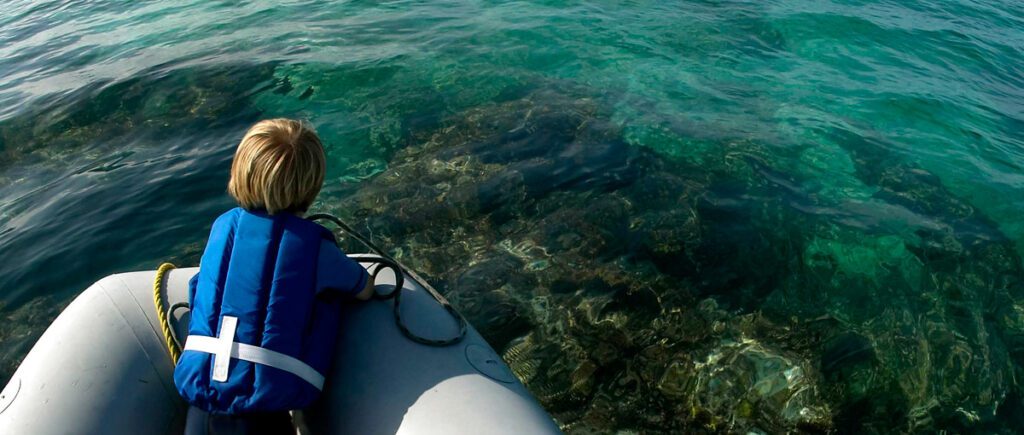America’s Cup: How wing sails are made
November 18, 2011 | By: Oceana
The AC45 features a hard sail, generally referred to as a wing, a technology now in it’s second generation of America’s Cup racing. Wings look more like an airplane wing rather than the soft white sails that most people associate with a sailboat.
The wing on an AC45 is 20M (65ft) tall. The forward section (usually referred to as an element) is load bearing and the rear section controls depth and power.
The front structure of the wing, which looks most similar to a traditional mast is made of carbon fiber. The cardboard looking structures within the sail are honeycomb, which is made of carbon on the top and bottom with kevlar honeycomb in the middle. This structure offers the best weight to strength ratio. The film that covers the structural elements and ribs is called klysar. Klysar is common in the food service industry, and most of us see it when it is wrapped around chicken at the grocery store. It is used to cover meat in it’s packaging at the grocery store. It is taped on to the wings and then with a heat gun, you can heat up the film and it shrinks to fit over the wing.
To make the wings sewing machines are thrown out of the work shop and replaced carbon composites, glue, chicken wrap and a blow drier! At the America’s Cup World Series they still have sewing machines for the more traditional looking jibs and gennakers at the front end of the boat.
Impressively the America’s Cup Event Authority has two spare wings at each event, and even with the large amount of damage (see the picture of Team China above) they have yet to use them. Repair crews are able to work over night and repair damage in less that 24 hours to get teams back out racing!
If you have any insight on how they wings are made, or have more questions please share in the comments.




